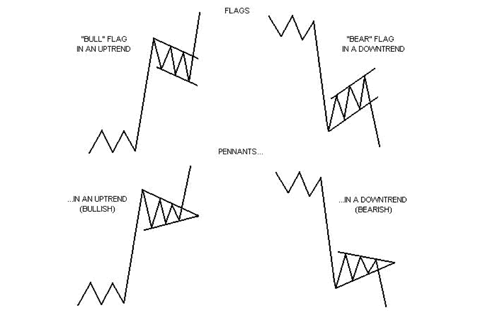Not too long ago, I was in a port city watching the hustle and bustle of the huge cargo ships at the docks. The gigantic cranes were unloading cargo containers off the deck of a ship. As I was watching the ship’s unloading process, I started thinking about how efficiently the ship was being unloaded and how much cargo had been moved across the ocean on this one very large ship. You may be wondering what this has to do with trading. Just like the efficient container cargo ship, which uses standardized containers for very efficient and profitable shipment, so is our trading. If we can think of trading with many small fixed risk trades using a system with very defined and repeatable entry and exit rules and specific risk management rules, we will have more efficient and profitable trading in the long run.
One big problem that many traders (especially new traders) have is the constant desire to find the “perfect system”. This leads to continually moving from one system to another without ever really getting consistent results from any of them. There is no perfect system; it doesn’t exist, no matter what the ads say. When a trader stops looking for the “Holy Grail” and starts actually trading a good basic method with clear rules consistently, then that is when we can increase our chances to become successful, as opposed to constantly trying new systems and never letting one method work.
In addition to good entry and exit rules, risk management is a critical element of any successful trader’s system. With good risk management we are more likely to control the emotions that come with trading and put ourselves in a better position to be profitable. Like the many containers on the ship, many small trades spread our risk out, instead of putting too much money into fewer, larger positions, which may go against us and put our entire account at too much risk. Keeping our position sizes with only 1-2% risk per trade will keep our individual positions small and our risk at an acceptable level. By placing stop losses on each and every trade, we can limit the risk per trade. In addition to small position sizing, we should limit the total trades we have at any one time to 5 or so positions, which will never allow our total risk to exceed 10% at any one given time, even if all of the positions go against us all at once. We need to live with the possibility each time we trade that each trade could be a loser. Therefore, we need to be aware of the specific percentage risk we take with each position.
Just like the efficiency that the fixed size containers bring to the shipping industry, consistency using a specific method and using specific risk management rules is the key to successful trading. The trader that sticks to a specific set of rules has the best chance of success. Like the container ship, we too can reach the port of our choosing by having many trades with a small fixed risk which can add up to our total trading success. Remember, like most things in life, slow and steady is the winning formula.

















